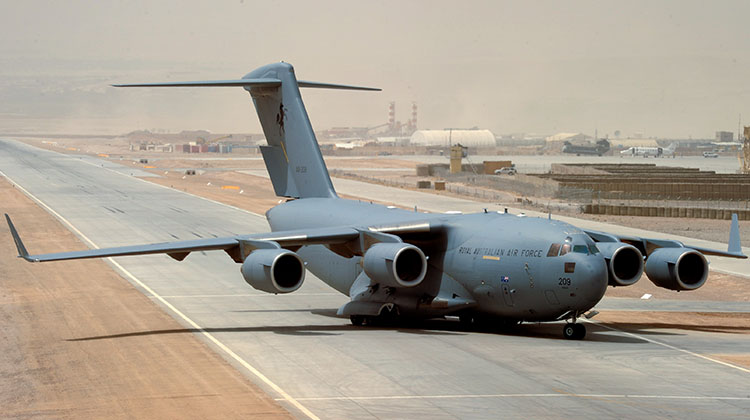Southwest is talking with Boeing about switching some or all of its remaining 56 orders for the 737-700 to a version that seats 32 more passengers, Chief Operating Officer Mike Van de Ven said in an interview. The Dallas-based carrier last took delivery of a new -700 in 2011.
Airlines and planemakers are watching to see whether Southwest, Boeing’s biggest narrow-body customer, will also amend its plans to receive the 737 Max 7, an update to the -700 that is due to enter service late this decade. The airline accounts for almost half of the Max 7 aircraft on order -- but has fewer of those than the larger Max 8 model.
“If Southwest converts to the Max 8, then it puts a significant dent into the business case for the Max 7,” said Michel Merluzeau, vice president for global aerospace strategy and business development with consultant Frost & Sullivan.
Boeing isn’t backing off from its plans to offer the Max 7, whose orders account for about 2 percent of the backlog of 2,715 of the redesigned 737s. The most-popular variant is the Max 8, a new plane equivalent to the bigger 737-800s that Southwest has been emphasizing in recent years.
“It’s clear to us there is a place for the Max 7,” Boeing Marketing Vice President Randy Tinseth said Wednesday in an interview. “It’s something that’s not going away.”
Competitors Circle
Without more demand for the Max 7, Boeing risks seeing its narrow-body lineup shrink to essentially one model at a time when planemakers from Brazil, Canada and China are targeting the same market segment, according to Frost & Sullivan’s Merluzeau.
Demand for the 737 is now concentrated around variants including the -800 and Max 8 that share the same fuselage, with less interest in the relatively petite -700 and Max 7. Airbus Group NV, which has overtaken Boeing in single-aisle sales, has orders more evenly distributed between its two largest A320-family aircraft, Merluzeau said.
Southwest’s support for the 737-700 has been critical. It provided input during the jet’s development, was the first operator and relies on the plane for two-thirds of its fleet, even adding 45 used models while deferring deliveries of new planes. The airline is due to be the Max 7’s initial user.
The carrier also has made clear that its future lies with roomier planes. Southwest is buying 170 Max 8 models and has rights to convert some of its 30 Max 7’s on order into the larger version. The Max 8 will be similar to the 737-800, which Southwest flies with 175 seats, 22 percent more than its -700s.
No Hurry
“We really don’t have a decision on whether we want 8s or 7s because the 7 is not available until 2019,” Van de Ven said Tuesday.
Southwest has been taking the larger 737-800s to handle traffic growth at its Dallas home base, where gates are limited, and the expansion of its network beyond the contiguous U.S. to Mexico, Central America and the Caribbean.
“It’s a very economical airplane for us,” Van de Ven said. “It’s larger. There’s a nice revenue increase on the airplane and it’s minimal in terms of additional costs. If we think we have market opportunities that will fill up that demand, that’s when we would pick an -800.”
Boeing’s order book reflects the industry’s tilt toward larger narrow-body aircraft.
Since the start of 2011, Boeing has orders for just 36 737-700s, compared with 1,408 sales for larger versions of the current 737. If Southwest decided to shift all its orders to the -800, the smaller plane’s backlog would dwindle to just 32 jets.
“Southwest was the bell-cow customer for the -700,” said George Hamlin, who runs Hamlin Transportation Consulting. “They’ve moved on.”
(Julie Johnsson - Bloomberg)






















